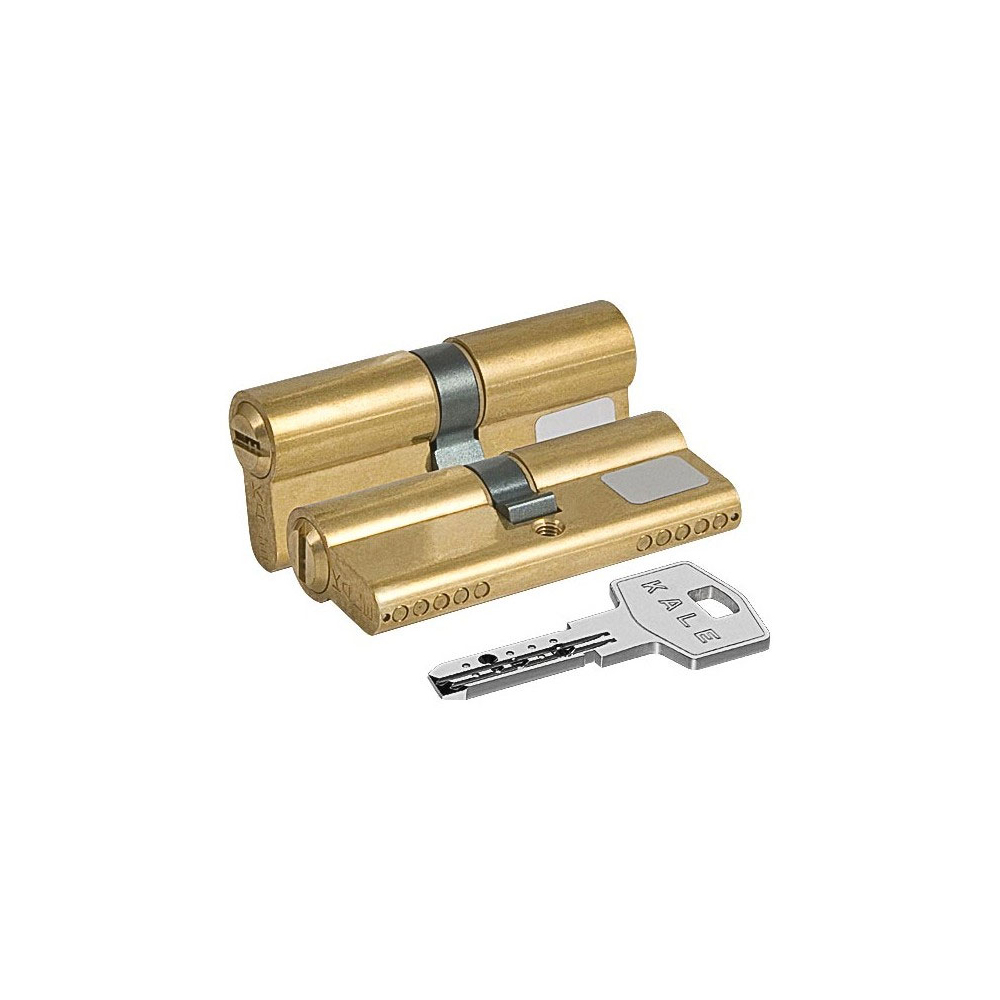There are no products to list in this category.
There are no products to list in this category.
The main
and most essential element of the door, affecting the safety and appearance
both in the apartment and in the office or other premises, is the lock. When
choosing a door, we pay no less attention to the keyhole than to the door
plane. The key element is the lock cylinder. Other names for this element often
include names such as "core", "core", "larva" and
"secret" of the lock.

What should
you first of all pay attention to when buying, how can an ordinary buyer choose
according to the "price-quality" parameters? Before answering these
questions, give a definition of what is a lock cylinder?
The
cylinder mechanism has a number of advantages. The main one is compact size and
the ability to replace only the core without replacing the rest of the
structure. For more than a hundred years of its existence, such a system has
become the most reliable and convenient of all locking indicators.
The
structure of the lock core consists of spring-loaded pins, plates of different
sizes, balls. For this design, flat keys with teeth (notches) on one side –
English, or projections in the form of dots - with a laser pattern or
perforated are used.
When
choosing, each customer is guided by his own needs, which the lock cylinder
must meet - ergonomics, reliability, safety.
Depending on the locking method and sides, the following types of larvae are distinguished:

The cores
differ into the following types:
 Features of cylinders
Features of cylindersDepending
on the location of the pins and the shape of the key mark itself, cylinders are
distinguished with the so-called "English" and with a perforated
(small notches laser).
Locks with
an English cylinder are more likely to be broken, as they contain a low level
of security. There are many ways to hack, the most common is a master key or a
forceful method.
Some
producers have English larvae with maximum protection, reinforced with floating
magnets, diamond-head and horizontal pins. However, these lock cylinders can be
quite expensive.
Laser-cut
cores have a higher degree of protection, which have a high resistance to
burglary and a more reliable level of secrecy. This structure is also equipped
with some protection against bumping, picking or pulling the lock.
Perforated
with a laser cut have recesses on the key in the form of holes, according to
the number of pins in the larva.
Such
mechanisms have additional levels of protection – the arrangement of telescopic
pins in several rows, planes, additional recesses (tracks) on the key, magnets
or electronic components (for example, Mul-t-lock).
When
choosing and ordering a product, the buyer is guided by his preferences,
depending on the specific situation and cost.

Match the
device and the cylinder to it from the same quality and price categories. This
is due to the fact that the cost and safety indicators are leveled by a not
very high-quality design.
The main indicators that the consumer is guided by when choosing a castle larva are:
The lock
cylinder has an average price and meets the basic requirements of safety,
quality and ease of use.